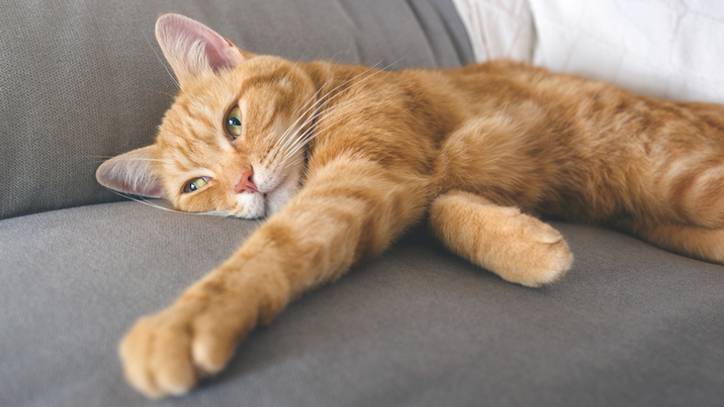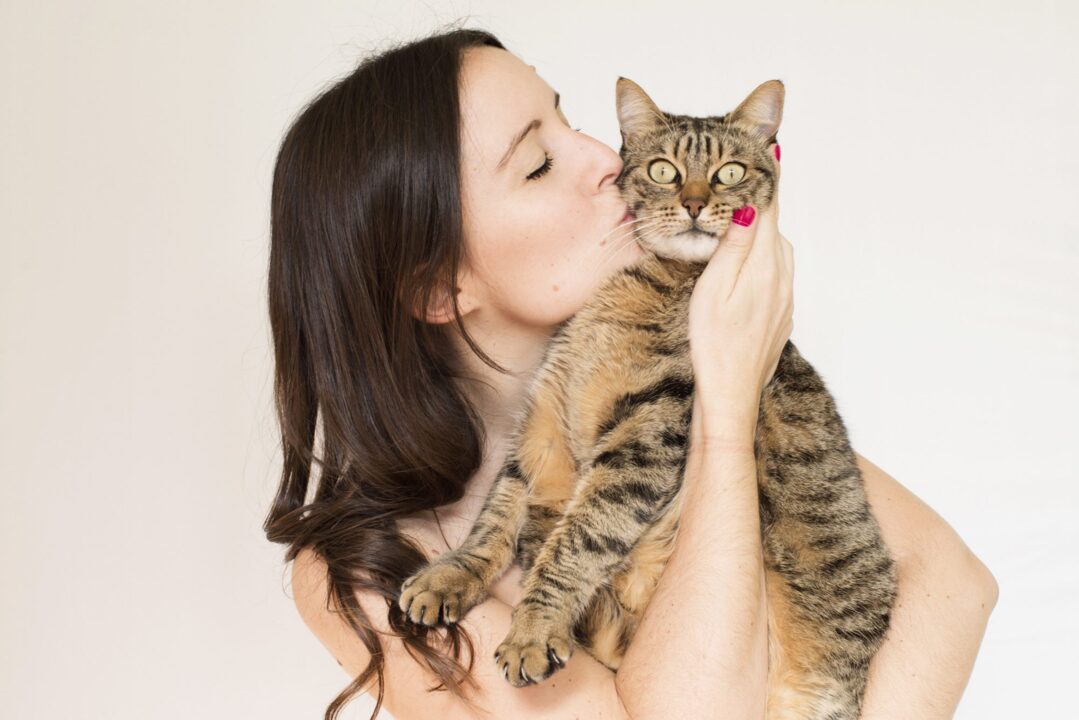As much as we love our pets, they can sometimes leave behind unwanted reminders of their presence—especially when it comes to pet stains. Whether it’s a puppy learning where to go, an older dog with a weakened bladder, or a curious cat, accidents happen. Pet stains, particularly urine, can be difficult to clean, leaving behind not only unsightly marks but also stubborn odors that seem impossible to eliminate.
But don’t worry! Learning how to remove pet stains effectively can help you maintain a fresh, clean home. With the right tools and techniques, you can restore your carpets, furniture, and floors to their original condition. In this article, we’ll explore some of the most effective solutions for removing pet stains, from DIY remedies to store-bought products, and provide you with step-by-step instructions to tackle stains on different surfaces.
1. Act Quickly: Why Timing Matters
The most important factor in removing pet stains is speed. The sooner you clean up the mess, the easier it will be to remove the stain and neutralize the odor. Pet urine, in particular, can seep deep into fabrics, carpets, or wood floors, making it much harder to clean once it dries. If you spot the stain immediately, grab some paper towels or a clean cloth and blot up as much liquid as possible.
Pro Tip: Avoid rubbing the stain, as this will only push the urine deeper into the fibers. Instead, blot gently to absorb as much liquid as possible.
Once the excess liquid is removed, you can move on to treating the stain with the appropriate cleaning solution.
2. DIY Solutions to Remove Pet Stains
For those who prefer natural cleaning methods, several common household items can be used to remove pet stains effectively. These DIY solutions are not only budget-friendly but also environmentally safe.
Vinegar and Water Solution:
One of the best and simplest solutions for pet stains is a mixture of white vinegar and water. Vinegar is a natural deodorizer and helps break down the acids in pet urine, making it easier to lift the stain. To use, mix equal parts white vinegar and water in a spray bottle or bowl. Apply the mixture directly to the stained area, let it sit for 5-10 minutes, then blot it up with a clean towel. Once the stain is gone, sprinkle baking soda on the spot to absorb any remaining odor, and vacuum it up after a few hours.
Baking Soda Paste:
Baking soda is another powerful ingredient when it comes to cleaning pet stains. It works by absorbing moisture and odors, leaving your home smelling fresh. To make a paste, mix baking soda with water until it forms a thick consistency. Apply the paste to the stain, let it sit for 10-15 minutes, and then scrub gently with a soft brush. Once the paste has dried, vacuum the area to remove any residue.
Dish Soap and Hydrogen Peroxide:
For tougher stains, a solution made of dish soap and hydrogen peroxide can be effective in breaking down the stain and neutralizing odors. Mix one tablespoon of dish soap, two cups of warm water, and one tablespoon of hydrogen peroxide. Apply this mixture to the stain, let it sit for 10-15 minutes, and then blot it with a clean cloth. This solution works especially well for older or set-in pet stains.
3. Commercial Pet Stain Removers
While DIY solutions can be highly effective, sometimes you need a more specialized product to tackle stubborn stains and odors. Commercial pet stain removers are specifically designed to break down the proteins and acids in pet urine, feces, and vomit, making them a powerful tool for deep cleaning.
Look for enzymatic cleaners, as these are formulated with natural enzymes that digest the proteins in urine and feces. This not only removes the stain but also eliminates the smell at the source. When using a commercial pet stain remover, follow the manufacturer’s instructions carefully for the best results. Typically, you’ll spray the product on the affected area, allow it to sit for 10-15 minutes, then blot and rinse as needed.
Enzymatic cleaners are safe to use on most surfaces, including carpets, furniture, and even hardwood floors. Just make sure to test the product on a small, inconspicuous area first to ensure it doesn’t cause any damage.
4. Cleaning Pet Stains from Different Surfaces
Pet stains can happen on various surfaces in your home, and different surfaces require different cleaning methods. Here’s how to tackle stains on some of the most common materials:
Carpets:
Carpets are the most common surface for pet stains, especially when it comes to urine. Once you’ve blotted up as much liquid as possible, apply your cleaning solution (whether it’s vinegar and water, a DIY paste, or an enzymatic cleaner). Let the solution sit for a few minutes to break down the stain, then blot it with a clean cloth. If the stain persists, repeat the process.
For deep cleaning, a steam cleaner can help lift any remaining stains and odors. Just be sure to follow the manufacturer’s instructions for using the machine on pet stains.
Hardwood Floors:
Pet urine can seep into hardwood floors, causing long-term damage if not addressed quickly. The first step is to blot up any excess liquid with a dry cloth. Then, mix a solution of one part vinegar and three parts water, and gently clean the stained area with a damp cloth. Avoid soaking the wood, as too much water can cause it to warp. After cleaning, dry the area thoroughly.
If the stain has already penetrated the wood, you may need to lightly sand the area and apply a fresh coat of finish to restore the surface.
Upholstery:
When cleaning pet stains from upholstery, it’s important to use minimal liquid to avoid soaking the fabric. Begin by blotting the area to absorb as much urine as possible. Then, apply a small amount of your chosen cleaning solution, blot again, and repeat until the stain is gone. For delicate fabrics, test a small area first to ensure the cleaner won’t damage the material.
Once cleaned, allow the upholstery to air dry completely. If the stain or odor persists, you may want to consider using a professional cleaning service.
5. Prevent Future Pet Stains
While cleaning pet stains is important, prevention is always better than cure. Here are a few tips to minimize future accidents:
- Proper Training: If you have a puppy, reinforce house-training with positive reinforcement and regular potty breaks. For older dogs, maintain a consistent schedule for bathroom breaks.
- Health Check: Sometimes, accidents happen due to health issues, such as a urinary tract infection. If your pet begins urinating frequently or having accidents in the house, it’s a good idea to consult your vet.
- Protective Covers: If your dog spends a lot of time on the furniture, consider using washable furniture covers to protect your upholstery from future stains.
Conclusion
Knowing how to remove pet stains is essential for any pet owner. By acting quickly, using the right cleaning solutions, and knowing how to clean different surfaces, you can effectively eliminate stains and odors caused by your pets. Whether you prefer DIY methods or commercial cleaners, these effective solutions will help you keep your home fresh, clean, and odor-free. With a little effort and the right tools, your home can remain a welcoming space for both you and your furry friends






